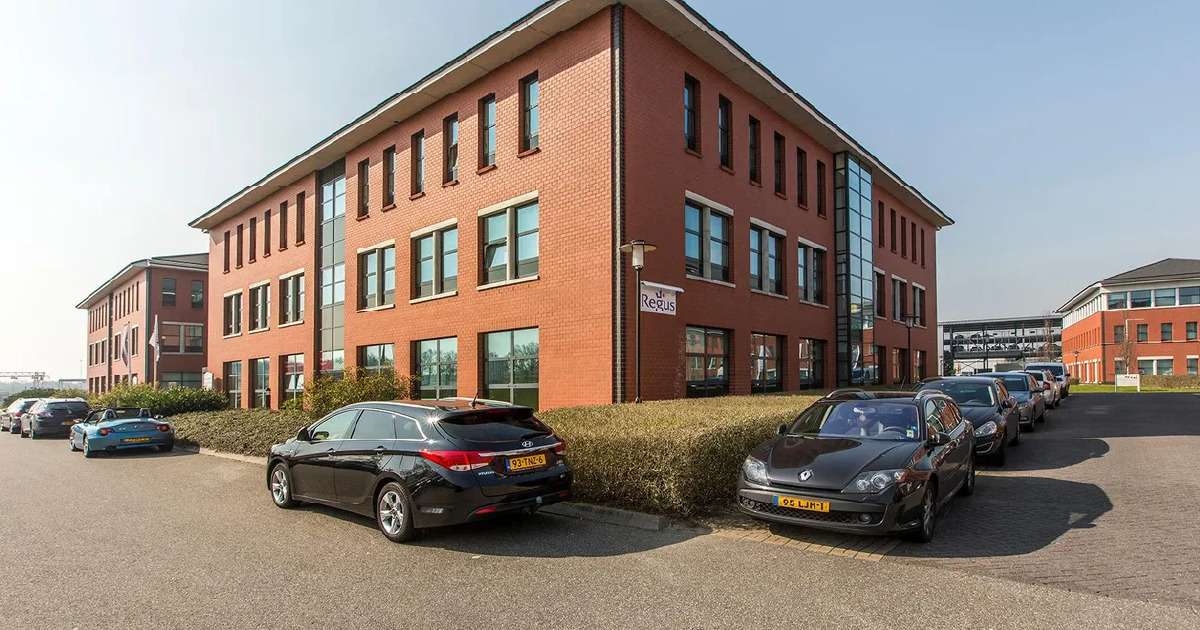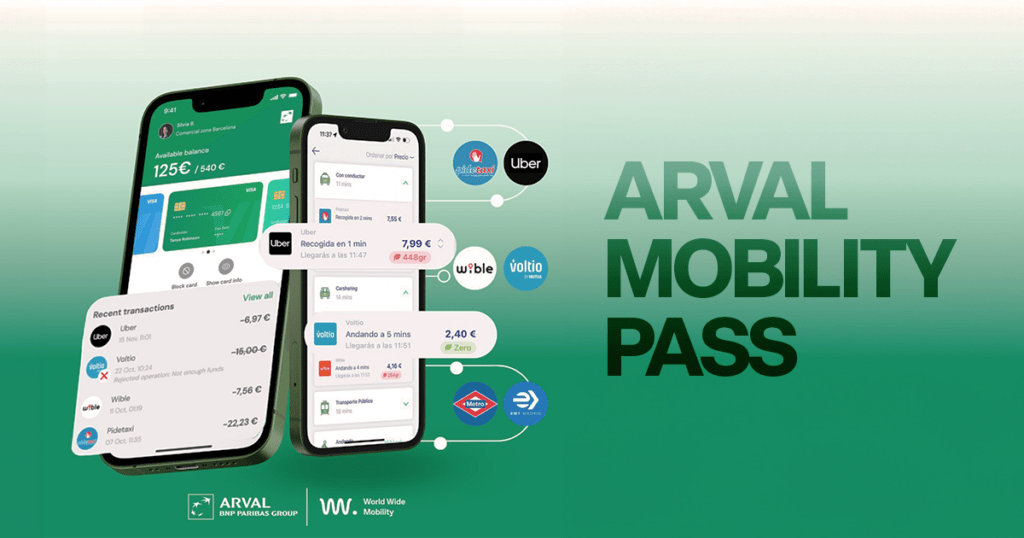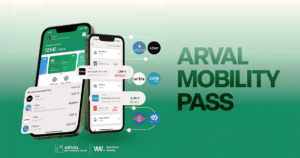In recent years, the issue of sustainable mobility has become a real challenge for companies. According to Opinion Way’s sustainable mobility barometer, 78% of company directors and 80% of employees consider it to be a major issue. A shared quest for mobility that is more respectful of the environment, but not always easy to put in place. This is particularly true of employers, who are often reluctant to do so for budgetary reasons…
This problem can be avoided by adopting a different approach, involving not employers directly, but business parks, also known as Economic Activity Zones (EAZ). Generally subsidized, these areas are gradually establishing themselves as potential players capable of changing employees’ habits. And on a large scale. This potential has not escaped the attention of the Lage Weide business park on the outskirts of Utrecht. This business park, which is hosting 800 companies, has initiated a major first in Europe, in collaboration with two leaders in mobility…
Definition and development of business parks
Reserved for the establishment of companies in a well-defined area, business parks represent a real lever for the development of companies and jobs. Whether they are used for artisanal, tertiary, industrial, technological, or logistical activities, they really took off in the 1960s. In 2007, there were an estimated 24,000 to 32,000 such parks in France.
Various business parks around the world can be characterized by two key development criteria. Firstly, they are located in suburban areas. They are often located away from major urban centers and residential areas. This remote location enables them to take advantage of lower land and building costs. Secondly, they are mainly accessible by road, with direct access to the freeway network and many parking spaces. The result is a closed space that accentuates car use, and is no longer in line with the objectives defined by the companies and local authorities responsible for its development and management.
They have become aware of the constraints that now weigh on mobility: environmental constraints linked to the negative impact of transport on the environment, and economic and social constraints linked to uncertainties about the cost of transport in the medium and long term. For some companies, locating in business parks is therefore problematic.
PATRICIA LEJOUX, RESEARCH FELLOW AT THE LABORATOIRE DEVELOPMENT ECONOMY TRANSPORT (CNRS-LYON UNIVERSITY)
Never before seen in the Netherlands, or even in Europe
Located on the outskirts of Utrecht, the Lage Weide business park is the site of no fewer than 18,000 employees. With such a large community, accessibility is now a crucial issue. In response to this, the business park has just launched an unprecedented operation. A service offering free access to e-bikes. An unlimited number of bike rides made possible by a subsidy from the Province of Utrecht. The aim is to reduce congestion and CO2 emissions in the region.
The potential for cycling is significant, with 50% of Lage Weide’s employees living less than half an hour away by bicycle or public transport. Until now, however, a good cycling solution for the first and last kilometer from Lage Weide’s public transport hubs has been lacking to further exploit this potential. With a comprehensive network of hubs, this is a thing of the past with the bike share system. What’s more, the bike sharing system will help us enormously in achieving our goals!
ROELAND TAMELING, DIRECTOR OF ILW PARKMANAGEMENT LAGE WEIDE
Multimodality, the key to success
To make the experience even easier, the business park has also teamed up with Gaiyo, the leading MaaS application in the Netherlands.This partnership enables employees to plan, book and pay for their TIER bike journeys directly from the application. All journeys of up to 30 minutes to and from Lage Weide are automatically free of charge. Accessibility is further enhanced by the deployment of 18 mobility hubs. Exchange points located within the business park and at Leidsche Rijn and Maarssen stations. These are strategic areas where employees will be able to find a TIER bike. The aim: to cover the first and last few kilometers. The scheme is part of the A2 Accessibility Alliance program, which aims to reduce the number of rush-hour car journeys on Lage Weide and in the neighboring Wetering-Harrijn region by 5,000 over the next three years.
Improved and sustainable accessibility to the business park is a priority for the entrepreneurs located there. We believe that the great initiative of the province of Utrecht and the Lage Weide business park will be widely followed in the rest of the Netherlands.
LUCIEN GROENHUIJZEN, CEO OF GAIYO





